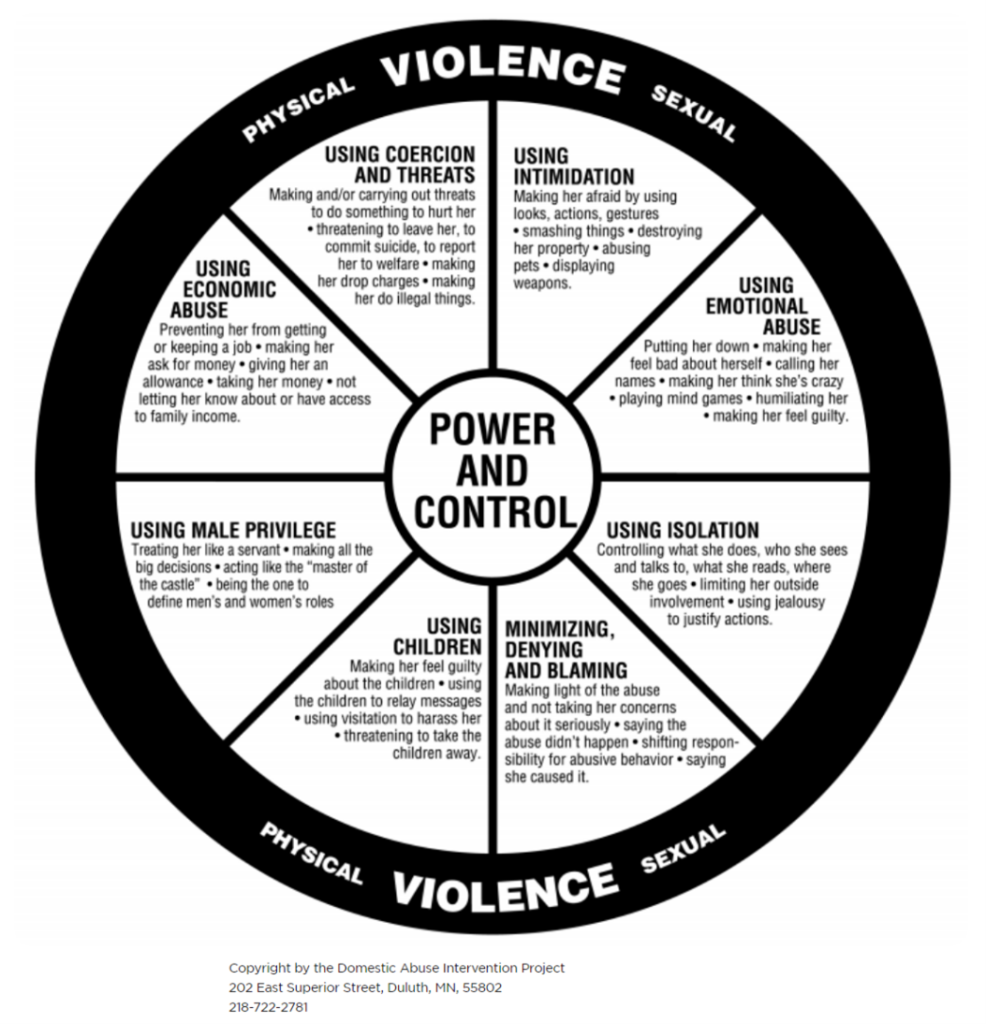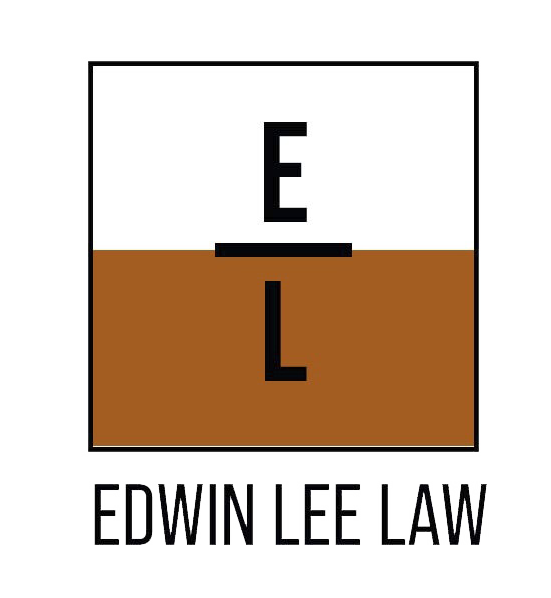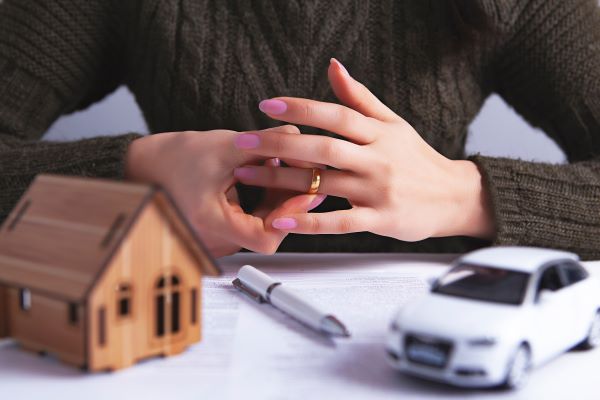Your spouse might be laying the groundwork for divorce by displaying certain behaviors and actions.…

Domestic Violence and Protective Orders
Domestic violence encompasses violent acts or threats between two people, whether married, living together, or dating. There may be a child in common or children from a previous relationship that may require protection. Although heinous crimes like murder and rape are part of domestic violence, it mostly consists of lesser physical abuse like slapping and pushing. Stalking is also a form of domestic abuse and is easier than ever in the digital age.

Most states categorize domestic violence as a distinct crime so that the charges against the perpetrator can include domestic violence in addition to assault and battery. Many prosecutors push for harsher sentences in domestic violence situations because the victim’s trust and confidence are taken advantage of by the abuser.
Domestic Violence Protective Orders (DVPO)
A domestic violence protective order (DVPO) typically defines an abuser as being in a personal relationship with the victim, including current or former spouses, two individuals living together, parent and child relations, a child in common, former or current household members, and those in dating relationships. The victim has a right to file a DVPO petition for court review.
Typical evidence supporting a judge’s decision to grant a DVPO includes testimony from witnesses, including 911 operators, friends, neighbors, or other witnesses to the abuse that can corroborate the violence. Photographs, social media posts, phone records, voice mails, text messages, and medical records are also useful to prove domestic violence.
A judge has options regarding the type of relief they can order as part of the protective order. The most common include:
- Ordering the abuser to cease any contact with you
- Ordering the abuser to cease threatening, abusing, harassing, following, or otherwise interfering with you and your minor children
- Ordering the abuser to cease threatening your family or another household member
- Granting the victim temporary possession of a residence and excluding the abuser
- Ordering the abuser to be evicted from the residence and assisting in your return
- Ordering the abuser to cease cruel treatment of a pet
- Granting the possession of a pet to the victim
- Ordering the abuser to remain away from areas like your residence, workplace, school, your children’s daycare or school, and remain 500 feet away from you at all times
- Granting the victim temporary possession of a vehicle
- Prohibiting the abuser from purchasing or possessing a firearm
- Ordering the abuser to surrender currently owned firearms and ammunition
- Ordering the abuser to attend and complete a certified batterer intervention program
- Ordering the victim to receive temporary custody of minor children and establishing visitation rights if appropriate
- Ordering additional requirements or prohibitions necessary to protect you
Carrying Out the Protective Order
A judge’s arrangements offer options to help keep a victim of domestic violence safe and reduce the abuser’s hold over their daily life by permitting custody, residence, and transportation possibilities that might not otherwise exist. The judge may grant a DVPO for up to one year from the date of your return hearing.
Once a protective order for domestic violence is granted, protections the judge feels necessary and reasonable for your safety will be put in place to make the domestic violence stop. An alleged abuser will have an opportunity to respond to allegations of domestic violence when the petition for DVPO is filed with the court. The abuser will have an opportunity to state their case before the judge grants a domestic violence protection order.
Domestic Violence Has No Boundaries
Domestic violence does not discriminate as it happens to people of any gender, age, race, sexuality, religion, education level, or economic status. Any behavior that seeks to physically harm, intimidate, control, or manipulate a partner to behave in ways they don’t want is a form of domestic violence. Physical violence is the most well-known form, but threats, emotional abuse, or financial control all qualify as forms of domestic violence.
Regardless of your current or past relationships, no one ever deserves to be a victim of abuse, and in no way are you responsible for your partner’s abusive actions. A family attorney can help you understand your best course of action to receive the support you need to protect yourself and your children from domestic abuse. Do not stay in an abusive situation. Get the help you need today by contacting a family lawyer or qualified domestic violence attorney or searching for resources through the local Department of Health and Human Services.




